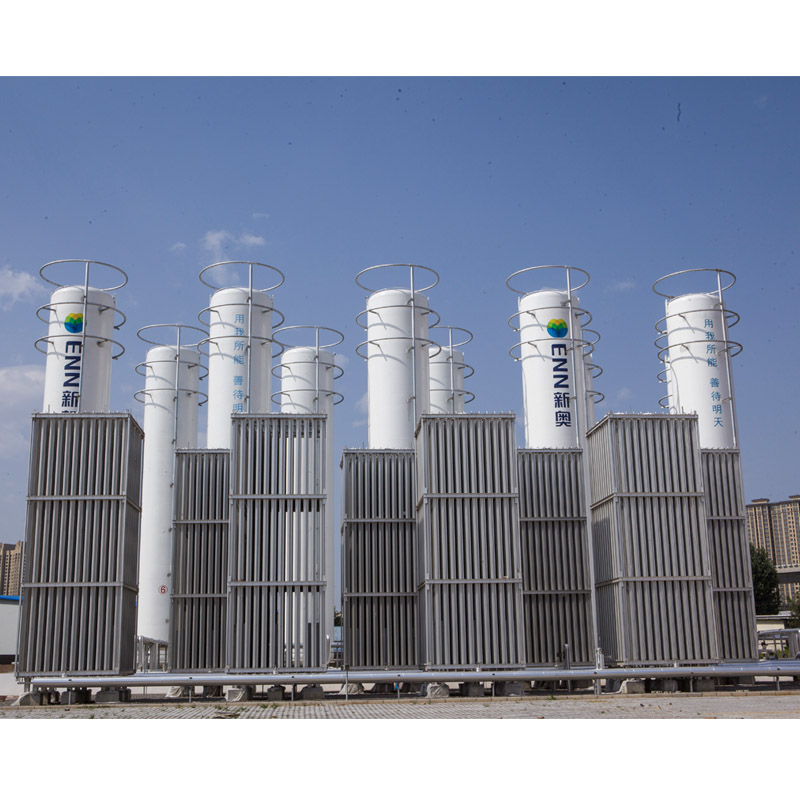
Dec . 11, 2024 11:11
Back to list
محطة تخفيض ضغط الغاز
Gas Pressure Reduction Stations An Essential Component of Gas Distribution
Gas pressure reduction stations (GPRS) play a crucial role in the natural gas distribution system, ensuring that gas is delivered safely and efficiently to consumers. These stations are strategically located along pipelines and serve as intermediaries that reduce high-pressure gas from transmission lines to lower pressures suitable for residential, commercial, and industrial use. In this article, we will explore the functions, designs, and significance of gas pressure reduction stations in the energy infrastructure.
The Function of Gas Pressure Reduction Stations
When natural gas is extracted and processed, it is typically transported through large pipelines at very high pressures. This high-pressure gas is necessary for efficient long-distance transportation but is not suitable for consumer use, which requires much lower pressures for safe and practical applications. Gas pressure reduction stations serve to reduce the pressure of the gas to a manageable level.
The stations typically utilize pressure regulators, which are mechanisms designed to control the pressure within the gas system by automatically adjusting the flow of gas based on the pressure downstream. These regulators help maintain a consistent and safe pressure level for various applications, from powering stoves and heaters in homes to fueling industrial machinery.
Design and Components of GPRS
A gas pressure reduction station consists of various components that work in unison to ensure the efficient reduction of gas pressure. These components include
1. Inlet and Outlet Headers These pipes connect the station to the high-pressure pipeline on one end and the distribution network on the other. They facilitate the movement of gas in and out of the station.
.
3. Safety Devices Given the flammable nature of natural gas, safety is a top priority. Gas pressure reduction stations are equipped with relief valves that release gas if the pressure rises above a preset limit, preventing potential hazards.
محطة تخفيض ضغط الغاز

4. Monitoring Systems Many stations are fitted with advanced monitoring systems that track the pressure and flow of gas continuously. These systems enable operators to detect anomalies in real-time and respond accordingly.
5. Heating Equipment In colder climates, gas may need to be heated before being delivered to consumers to avoid condensation and freezing in pipelines. This heating is often facilitated by additional equipment within the station.
Significance of GPRS in Energy Distribution
Gas pressure reduction stations are vital for several reasons. Firstly, they enhance safety in the gas distribution network. By controlling and regulating the pressure, they prevent accidents that could arise from over-pressurization.
Secondly, GPRS contribute to the reliability of gas supply. By ensuring that gas flows at appropriate pressures, they maintain a steady supply even during peak demand periods, helping to avoid shortages or disruptions.
Moreover, these stations also play a role in facilitating energy efficiency. By maintaining the proper pressure, they help optimize the overall performance of the gas distribution system, reducing waste and conserving energy.
Finally, with the growing demand for natural gas as a cleaner alternative to other fossil fuels, the importance of gas pressure reduction stations will only increase in the coming years. As more regions adopt natural gas for power generation and heating, efficient pressure regulation will be essential to meet these demands sustainably.
Conclusion
In summary, gas pressure reduction stations are a critical component of the natural gas infrastructure, ensuring safe, reliable, and efficient gas delivery to consumers. Their sophisticated design and operation demonstrate the importance of effective pressure management in modern energy systems. As the world transitions towards cleaner energy sources, the role of GPRS will continue to be paramount in supporting this shift while prioritizing safety and efficiency.
Next:
Latest news
-
Safety Valve Spring-Loaded Design Overpressure ProtectionNewsJul.25,2025
-
Precision Voltage Regulator AC5 Accuracy Grade PerformanceNewsJul.25,2025
-
Natural Gas Pressure Regulating Skid Industrial Pipeline ApplicationsNewsJul.25,2025
-
Natural Gas Filter Stainless Steel Mesh Element DesignNewsJul.25,2025
-
Gas Pressure Regulator Valve Direct-Acting Spring-Loaded DesignNewsJul.25,2025
-
Decompression Equipment Multi-Stage Heat Exchange System DesignNewsJul.25,2025

